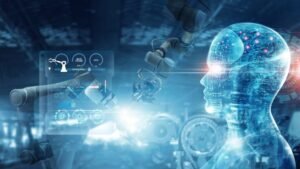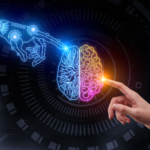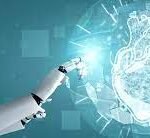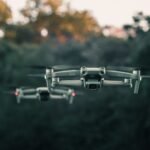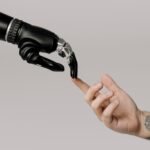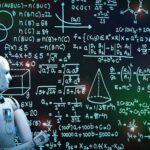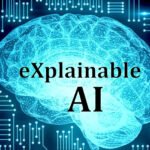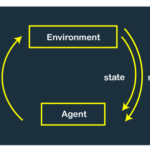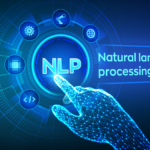FICO Awarded 9 New Patents Used in FICO Platform and Fraud Solutions that Utilize Sophisticated AI to Improve Decision Accuracy
FICO, a global analytics software firm, has recently been granted a total of nine patents, including three international patents and six U.S. patents. These patents are in the areas of fraud detection, artificial intelligence (AI), and machine learning technology. FICO’s expertise in building AI and machine learning models is valuable to enterprises that utilize their FICO Platform and other solutions.
According to Scott Zoldi, Chief Analytics Officer at FICO, these patents are a result of industry-driven innovation and highlight the company’s commitment to developing intellectual property in AI, machine learning, and decision management. FICO’s solutions provide real-time decision-making capabilities for businesses worldwide, enabling better decisions and hyper-personalized customer experiences in response to evolving industry demands.
The newly granted patents cover a range of technologies and solutions:
- “Soft Segmentation Based Rules Optimization for Zero Detection Loss False Positive Reduction” focuses on rules-based financial crime detection, specifically for identifying money laundering and fraud instances while minimizing false positive detections. The techniques involve leveraging topic models and behavioral archetypes to reduce false positives while maintaining accurate detection rates.
- “Mobile Attribute Time-Series Profiling Analytics” provides a method to assess the abnormality of a transaction based on the behavioral patterns of a mobile device. This patent enhances fraud detection for transactions not occurring on the mobile device and has been validated in multiple countries.
- “Latent Feature Dimensionality Bounds for Robust Machine Learning on High Dimensional Datasets” describes a method to determine the optimal number of hidden nodes in a neural network model. This leads to the development of more stable and robust machine learning models, supporting responsible AI practices.
- “Assessing the Presence of Selective Omission via Collaborative Counterfactual Interventions” addresses the challenge of understanding the likelihood that customers are omitting critical data that may impact outcomes, particularly in open data environments. This patent is used in FICO’s Open Banking Analytic models.
- “Workflow Templates for Configuration Packages” introduces a process that allows decision services to generate decision data using user-generated input, configuration collections, and decision flow templates. This patent is utilized in FICO’s Strategy Director.
- “Meaningfully Explaining Black-Box Machine Learning Models” provides a means of offering insights into the effectiveness and comprehensibility of black-box machine learning models. This patent is used in FICO’s Platform – Analytics Workbench™.
- “Efficient Parallelized Computation of Global Behavioral Profiles in Real-time Transaction Scoring Systems” describes a real-time transaction scoring system that ranks transactions associated with suspicious activities, such as financial crime or cybersecurity threats. This patent is employed in FICO’s Falcon Fraud Manager, Fraud Predictor with Merchant Profiles, and Platform.
These patents highlight FICO’s commitment to innovation in the field of analytics and decisioning, empowering businesses with advanced technologies to improve fraud detection, enhance decision-making processes, and provide meaningful insights into complex machine learning models.



